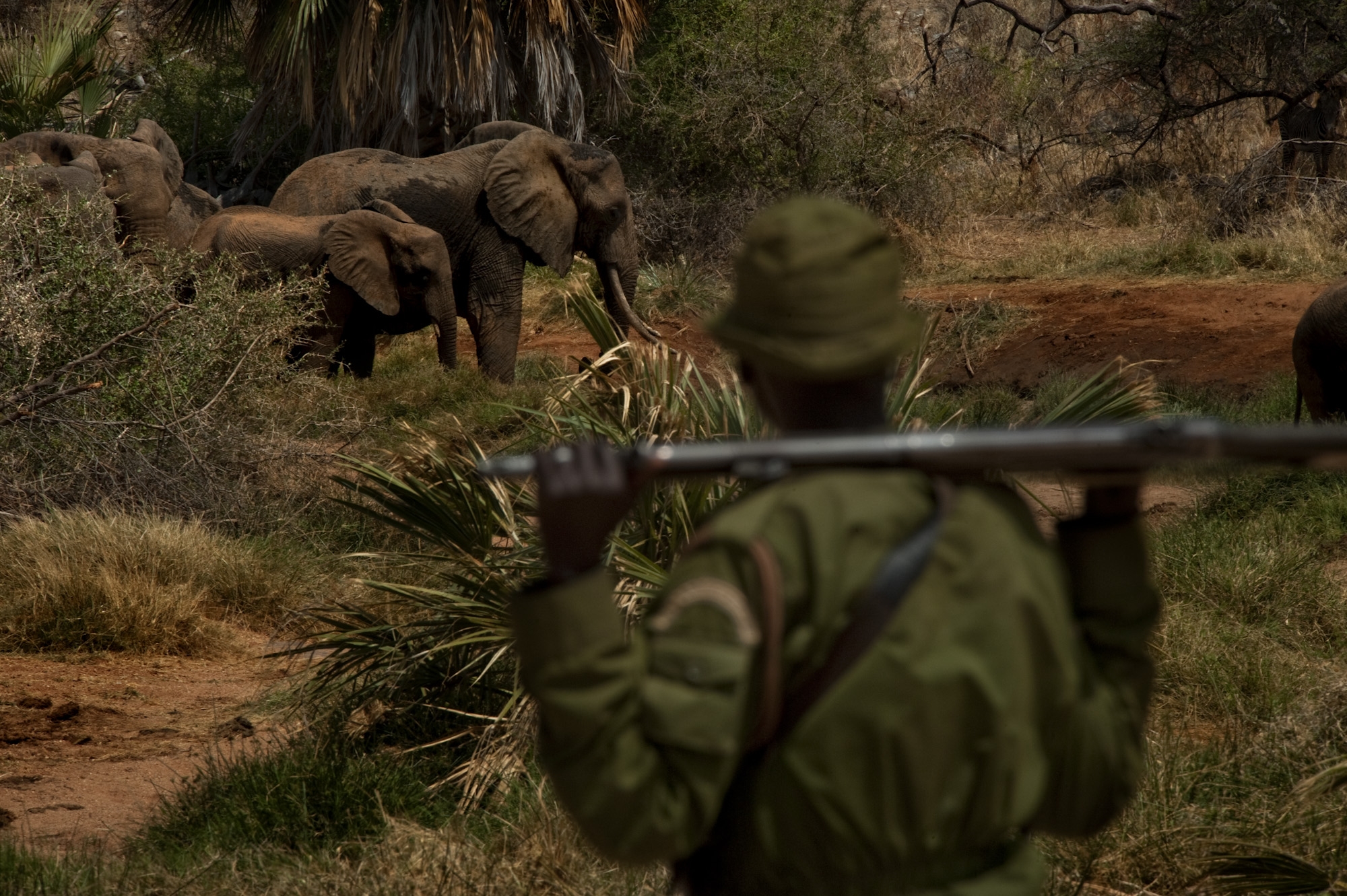Blog
Supporting dryland communities and economies: Causes for concern and seeds of hope
Find out more about some of the opportunities and challenges that SPARC will face as we work with donors and programmes that aim to support dryland communities and economies.
Publisher SPARC

Ecologies and natural resources - including land, water, livestock, and wildlife - and the ways that they are managed vary greatly across drylands in Africa and the Near Middle East. The communities and economies in these regions remain at the forefront of the impacts of climate change, armed conflict and outbreaks of pests and disease.
The SPARC programme is focused on how development interventions can be more effective in helping people to escape from protracted and recurrent crises. For this reason and to set these societies on a more sustainable development path - we’ll be researching how these challenges are linked, how communities are already coping, and what the most useful forms of support could be.
Causes for concern
Some of the key challenges faced by dryland communities in Africa and the Near East are:
- Land use change: demographic pressures, including expanding crop fields into grazing areas, has led to transhumant pastoralists in the Sahel moving further south. Demographic pressure has also caused deforestation, and increased competition over natural resources - particularly land and water - is driving conflicts between farmers and herders in African drylands;
- Climate change: Climate variability is a natural feature of African drylands. But many communities are now facing rising temperatures – with some Sahelian regions, such as Senegal and Niger, experiencing more hot days or heat waves more often, with climate change set to continue to increase the frequency and intensity of extreme heat events. This will hit dryland economies and communities hard – impacting already stretched water availability and potentially damaging plant and animal species. Though the role that climate change plays in rainfall trends is less clear, any changes in rainfall will impact how productive rangelands are, and the ecologies of drylands;
- Changing land use: Land use change, especially the expansion of cropping into grazing areas and livestock corridors used by transhumant herds, is restricting where herders in the Sahel can move their livestock to. In East Africa, land fragmentation – caused by the privatisation of rangeland ownership – is limiting where herders can graze their livestock, a change in land use that has also negatively impacted wildlife. In the Sahel, growing insecurity from armed conflict has also limited the routes herders can use.
Seeds of hope
The good news is that communities already have many coping strategies. What’s more, shifts in governance offer the potential to improve health and wellbeing for people and nature:
- Being agile – adapting: pastoralists in African drylands are diversifying their livelihoods in the face of drought and the resulting loss of livestock and flocks. Communities are venturing into small-scale farming where water is available; trading in livestock, farm produce, and consumer goods; working in public services, and migrating to cities from where they send back home valuable income as remittances;
- Natural resource management: Communities in the Sahel have become empowered to manage their natural resources through decentralisation reform. These reforms have led to the development of local institutions and conventions that govern natural resource management in the community. In Kenya, conservancies have supported pastoral communities to benefit financially from tourism through communities being paid to manage land for wildlife and tourists, a strategy that also means wild animals have access to grazing and water;
- Innovation: advances in satellite technology mean we now have better ways and tools to identify and track natural vegetation, including satellite-based remote sensing – which has allowed scientists to map rangeland conditions over large areas and monitor drought;
- Soil and water: dryland communities are also harnessing soil and water conservation strategies, including indigenous practices like the ‘zai’ system of digging pits to catch water and concentrate compost, that are making a real positive change to the challenges of poor soil fertility and water shortages in the West African Sahel.
These ways of adapting and innovating give us hope for the future. SPARC researchers already work closely with communities and local organisations. We will be reaching out to hear more from them about good practices. And we’ll be working to provide donors and programmes that seek to support dryland regions and economies with improved knowledge on how to scale up successful, sustainable strategies.
Follow us @SPARC_Ideas